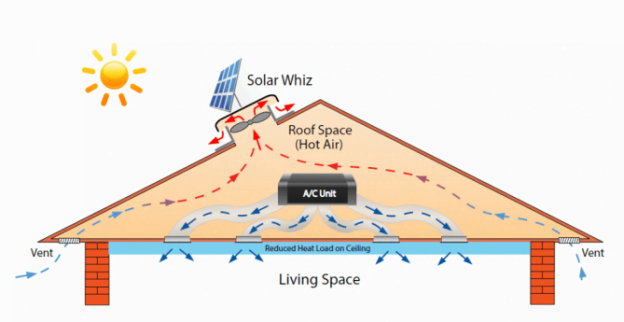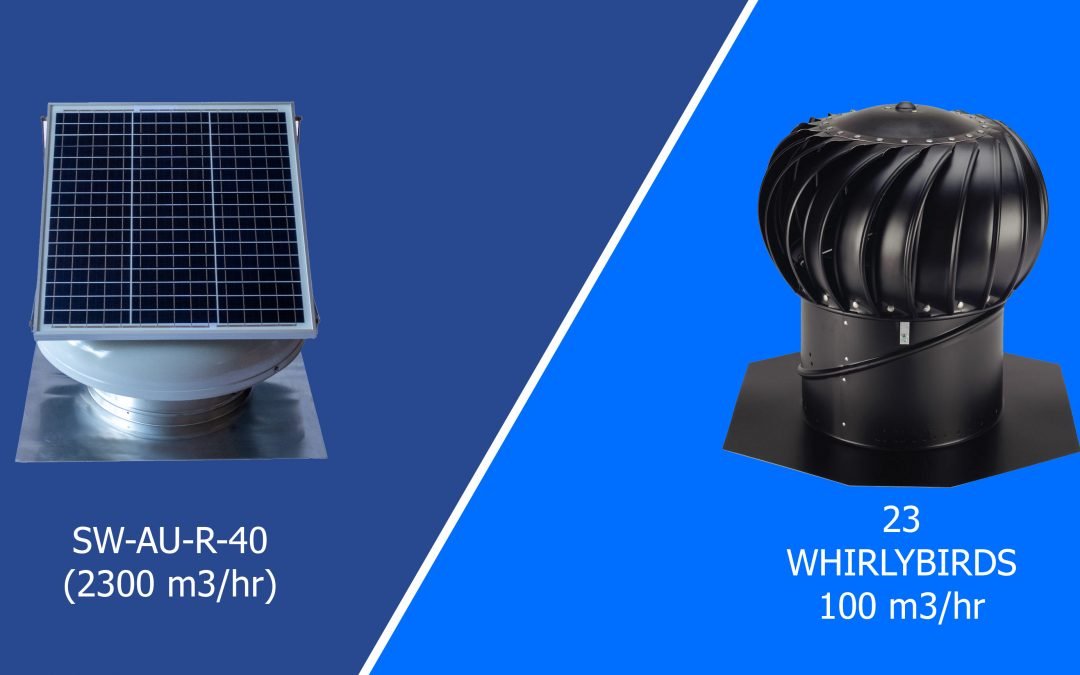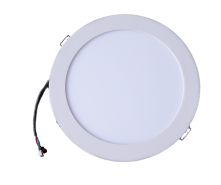Last Updated on April 5, 2023 by Website Manager
Why Don’t Whirlybirds Work?
How Can I Increase The Efficiency And Life-Span Of My AC?

The Solar Whiz Roof Ventilation Fan
Frequently Asked Questions
What is the purpose of a whirlybird?
The whirlybird, also known as the turbine vent, is a semi-mechanical ventilation device that uses the wind to cool our homes. They resemble unique bulbs and feature fins on the outside of the body that allows the unit to spin in the wind.
What are the problems with whirlybird?
Whirlybirds need to be lubricated and cleaned in order to work properly, despite the fact that they are frequently thought of as something that can be installed and forgotten about.They’re not the most durable option because they are susceptible to rust and can be harmed by harsh weather.
What is an alternative to whirlybirds?
The Solar Whiz is a top-performing whirlybird alternative for roof ventilation. With its solar power, it effectively extracts heat, reducing build-up in the roof. It’s a powerful and easy-to-install solution that can replace many whirlybirds, making it an excellent choice for both businesses and homeowners.
How much ventilation does a whirlybird provide?
A whirlybird’s ability to move air depends on both the whirlybird itself and the area where it is mounted. Around 10 cubic metres of air per minute will be removed from the roof cavity by a whirlybird ventilator with a diameter of 30 cm and a wind speed of 8 km/h.
Why do whirlybirds stop spinning?
The corrosion or seizing of the bearings is the most frequent reason for whirlybird failure. This may cause the whirlybird turbine to make noise, slow down, or stop spinning altogether.




